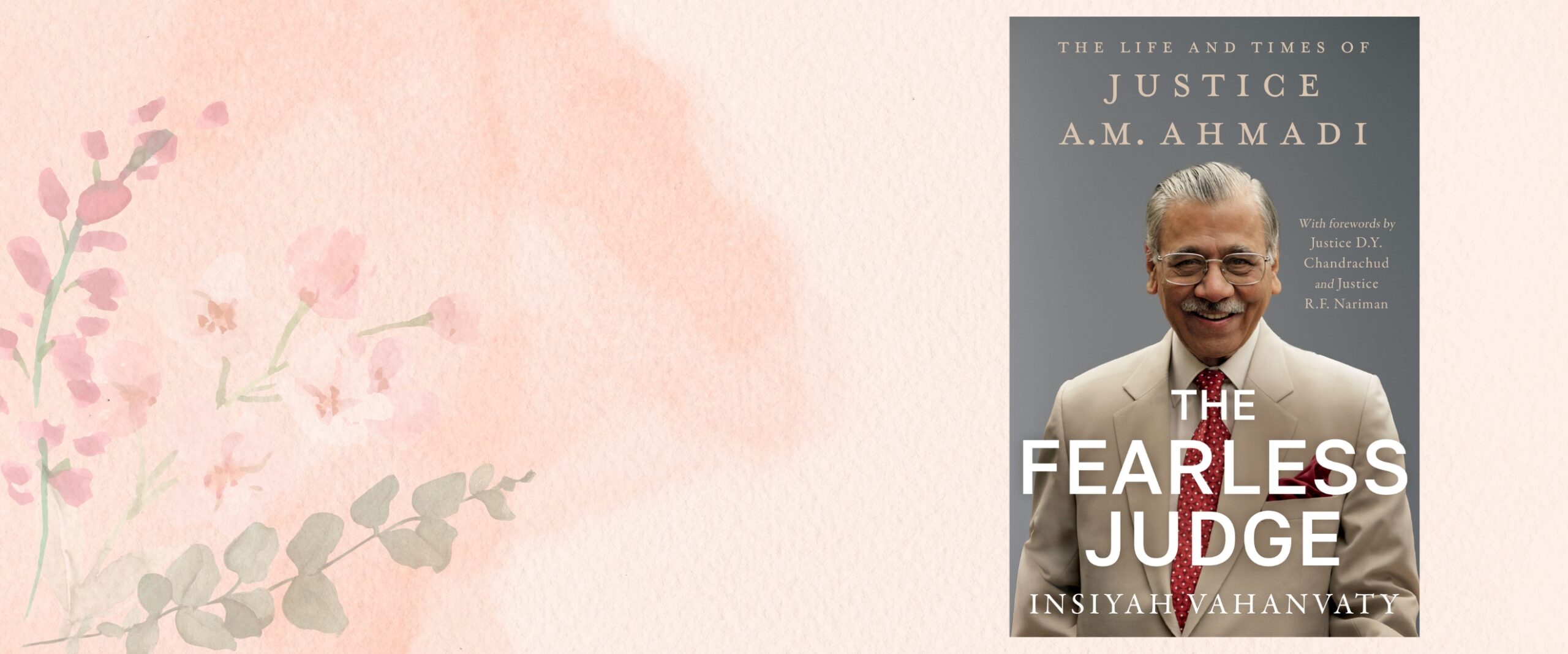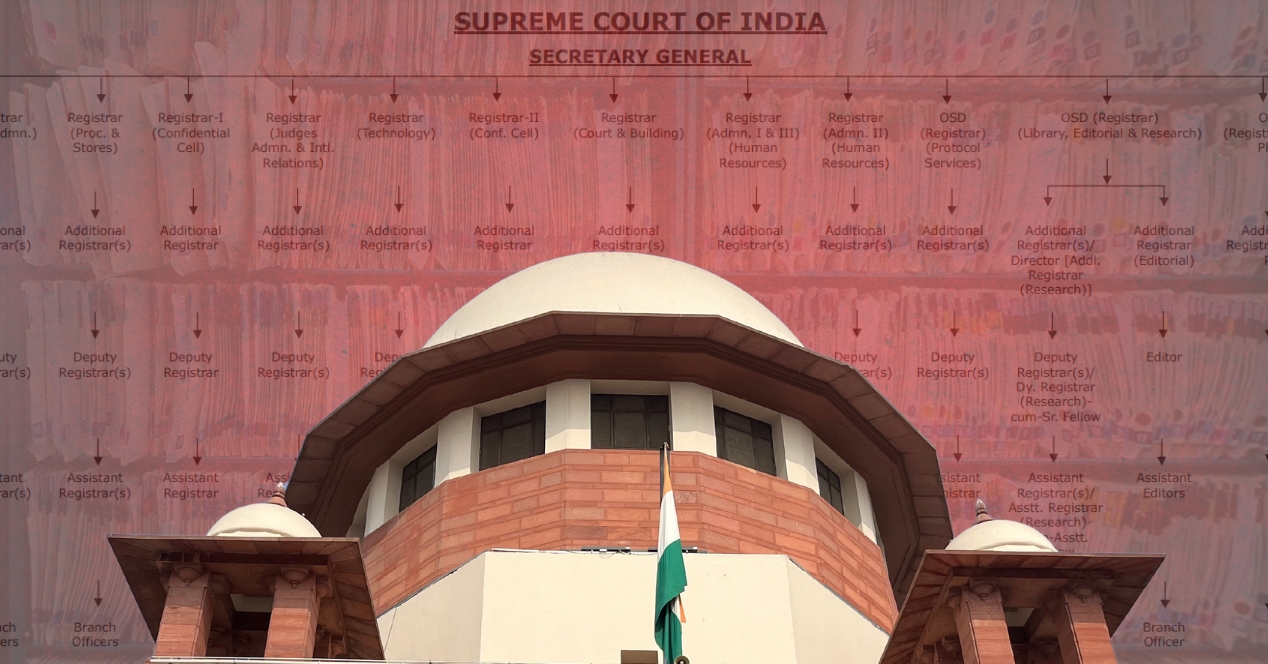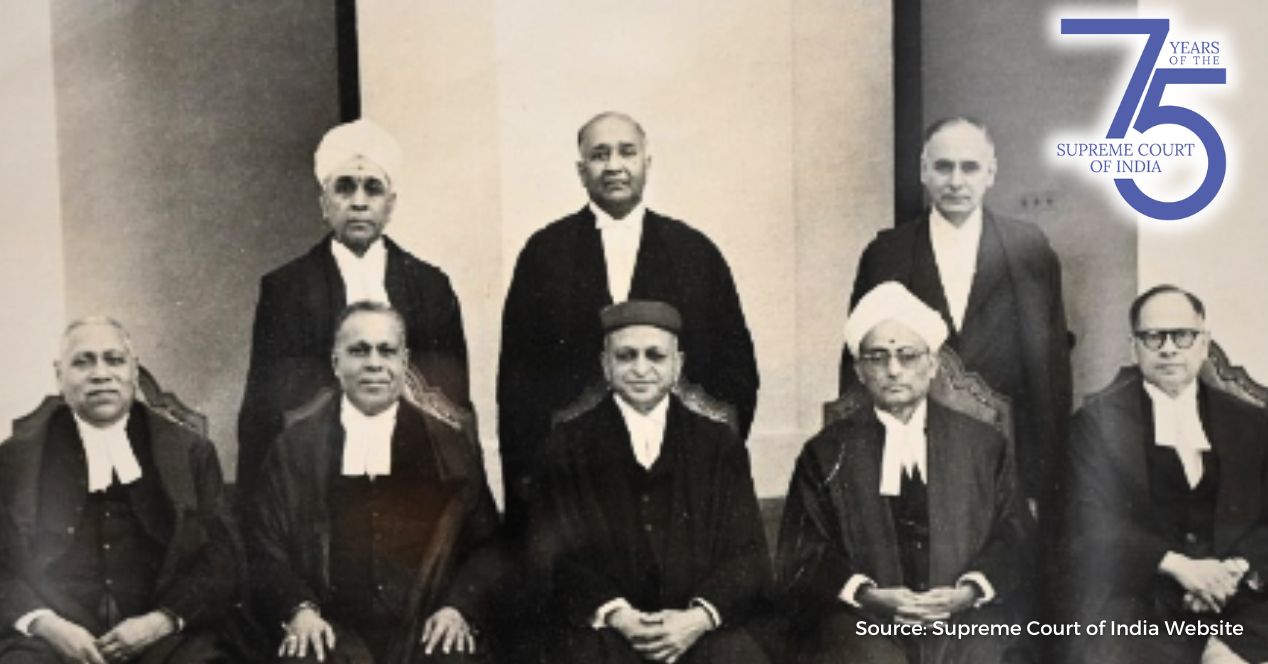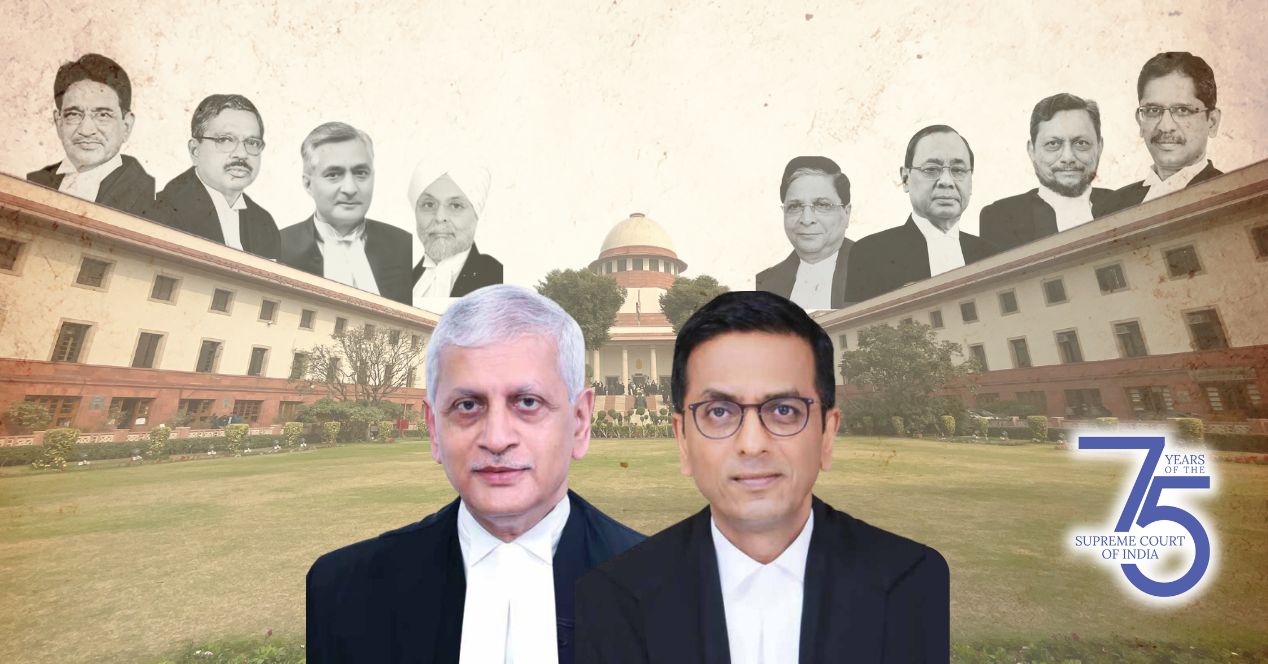Analysis
How Supreme Court judges got their law clerks
An excerpt from CJI Ahmadi’s biography written by his granddaughter tells us about his role in starting the judicial clerkship programme

It was during one such visit to Washington DC in 1995 that Justice Ahmadi had the opportunity to explore the inner workings of the US Supreme Court, where he encountered the concept of law clerks. These judicial assistants are assigned to judges, entrusted with various responsibilities including conducting legal research, analysing case law, assisting in drafting documents, citing sources accurately, and proofreading materials. By performing these tasks, law clerks not only ease the workload of the judge but also acquire invaluable knowledge about the functioning of the courtroom and the legal system as a whole. Intrigued, Ahmadi delved into the details, seeking to understand the benefits and value they brought to the judicial process. Convinced of the merits of institutionalizing such a process, he decided to try and implement it. So, a few days later while attending the convocation ceremony at the National Law School in Bangalore, he leaned over to the Director and posed a question. ‘Would your students be interested in working at the Supreme Court?’ The Director expressed that many students would have eagerly seized such an opportunity, but the cream of the batch had already secured positions in prestigious law firms or won scholarships for foreign studies. However, there was one student, Arun Thiruvengadam, who had not yet made a binding commitment and was both willing and eager.
Although there were no legal or ethical obstacles barring Justice Ahmadi from immediately appointing Arun as his law clerk, he was determined to follow established protocol. His reasons for doing so stemmed from a combination of integrity and a strategic vision that extended beyond the appointment of a judicial clerk for himself. His goal was to ultimately institutionalize a programme that would endure long after his tenure as Chief Justice had ended, becoming a part of the judicial landscape.
Armed with this vision, Arun was sent to meet the other two senior-most judges, Justices J.S. Verma and Kuldip Singh. It was clearly conveyed that the initiation of the clerkship programme would only proceed if the majority of the three senior-most judges were in agreement. As mentioned earlier, it was an open secret that the three senior-most judges found themselves at odds over a range of issues, but Justice Ahmadi was not prepared to push the programme unilaterally only to see it discontinued as soon as he demitted office.
Arun’s appointment with Justice Verma was brief, with the meeting lasting mere minutes before the potential appointee was dismissed. But Justice Kuldip Singh’s response left him surprised. Perhaps touched by the young man’s nervousness, Singh received him kindly and ultimately approved his appointment. And so, an idea sparked in Washington gave the Indian Supreme Court its judicial clerkship programme, which is now perhaps the most prestigious in the country.
(This is an excerpt from ‘The Fearless Judge: The Life and Times of Justice A.M. Ahmadi’, published recently by Juggernaut Books.)




